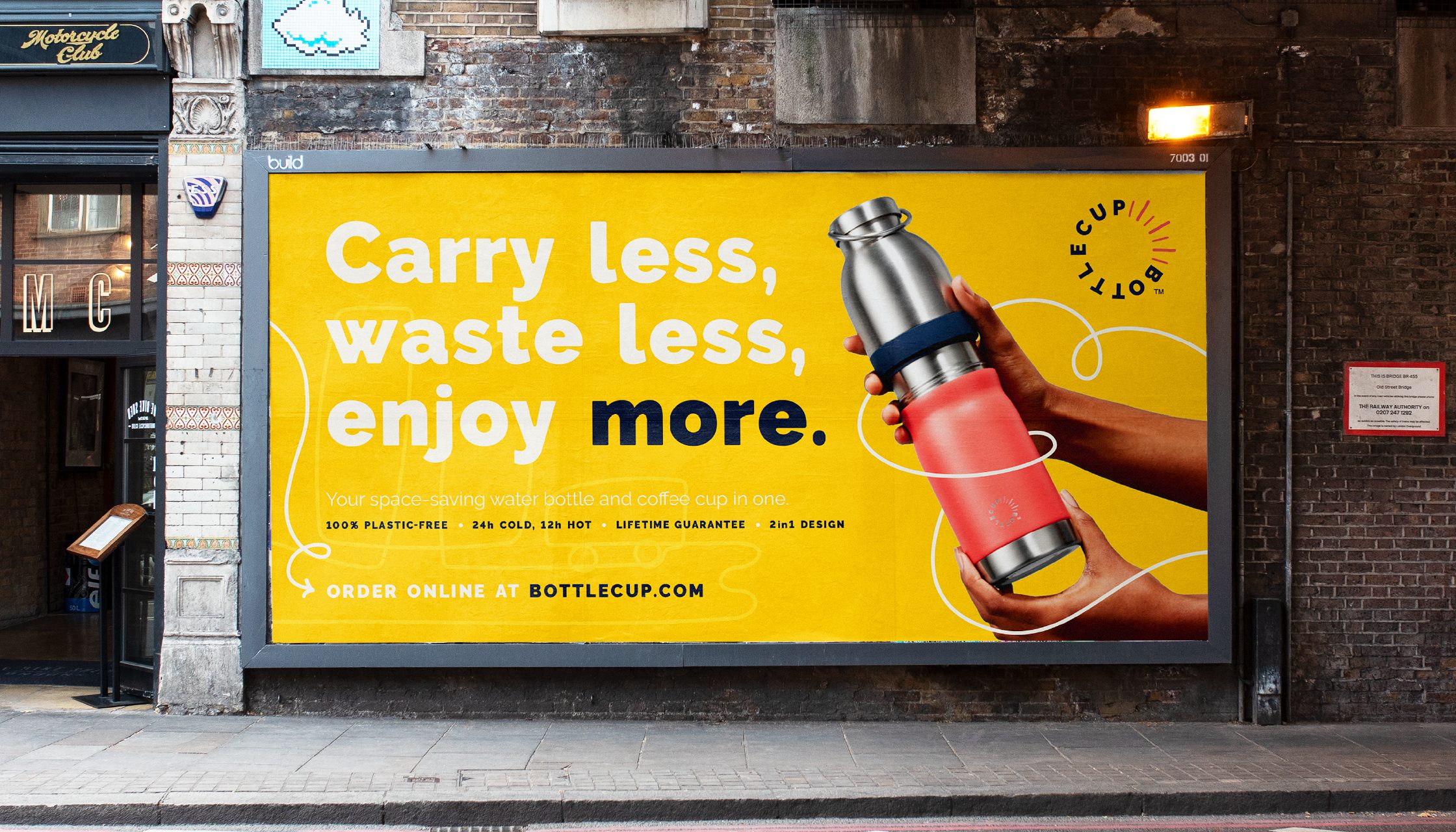Sustainability drives innovation, but what's in it for me?

Brands first looking at sustainability as a core part of their business strategy were generally just trying to appear as the good corporate to appeal to an evermore eco-conscious consumer, focusing on reducing energy and offering “green” products. It felt like the right thing to do because consumers cared about it, but it wasn’t central to how the business operated. It also meant the ‘sustainable’ option often felt like a compromise to the consumer, where a ‘green’ product was charged at a premium without adding much value to the experience.
More recently, businesses have started putting sustainability at the heart of their strategy, identifying ways to increase efficiencies, margins and brand value.
Sustainability can be a game changer.
Sustainability drives innovation by introducing new parameters to NPD that shape how key resources, like energy, water, materials and waste, are used in products and processes. These resources can be found throughout any supply chain, and the potential to boost efficiency and cut costs across them is huge.
Even more importantly, thinking about sustainability whilst also putting the consumer at the centre of the NPD process is finally making the green option the smart one too.
Survey after survey have confirmed that consumers care about taking the more sustainable option. But too often, that sentiment doesn’t carry through to the final purchase.
Values and ethics are of course important when we are making life decisions, but never will be when you’re choosing a toothpaste or deodorant.
Sustainability campaigns to date have appealed to our better intentions. Brands looked to cajole us into doing the right thing in the name of the ‘planet’ and a ‘better tomorrow’ for future generations.
But what if the problem isn’t with better intentions, but with added value?
The consumer’s values are fine, it’s the added value offered by brands that needs to be clearer. For many green products the hard question of “what’s in it for me?” is still often unanswered. Sustainable products and behaviours are better for the planet, but are they better for the person buying them?
And that’s where we’re seeing the most interesting sustainable innovation. It’s not the brands that are leading with ‘green’ messaging, but the brands who talk about the problems they solve for the consumer.
Solving consumer problems with sustainable solutions
Our client Bottlecup’s core purpose is to reduce single use coffee cups and water bottles. Their plastic-free 2-in-1 bottle ingeniously combines a coffee and water flask.
But at the heart of the innovation is the consumer need – making life easier by not only actually remembering our reusable coffee cups (as only 1 in 6 of us regularly use them) but also by carrying less on the commute. And the design detail follows this through. Pleasing to hold and easy to use with a hygienically stored coffee cup lid, barista measurements, curved waist, double-walled vacuum insulation on both cup and bottle… Goodbye ‘bottle sweat’… hello hot coffee.
Pika Diapers
is taking on one of the world’s biggest sustainability issues… the 258 billion diapers making their way to landfill every year. As much as parents want to make the green choice, dealing with a new baby is often more than enough to worry about without also worrying about cleaning and dealing with reusable cloth diapers.
The Pika subscription system overcomes the biggest issues with living with reusable diapers. A small machine that connects to an existing washing machine, cleaning pods that dissolve all waste and up to 10 diapers washed at once.
We worked with Pika to define their brand, including a non-judgemental tone-of-voice that ‘Cut the crap’ – we focussed on the problems that Pika solved. And it wasn’t just the greener choice – as a subscription service, it also works out cheaper than buying disposables. And once the baby is old enough, the equipment is just returned.
We don’t need to make consumers care more, we need them to feel valued by sustainable brands.
In order to close the gap between what consumers say they care about and what they end up buying, innovation that’s driven by sustainability needs to do more than talk about the difference it’s making to the planet. It also needs to talk about what’s in it directly for the customer – who should be central to the design process.

Kieron Weedon
Managing DIRECTOR
The voice of the audience in the creative process. Delivers the cultural insight that makes the work distinctive and the consumer intelligence to make it effective.

